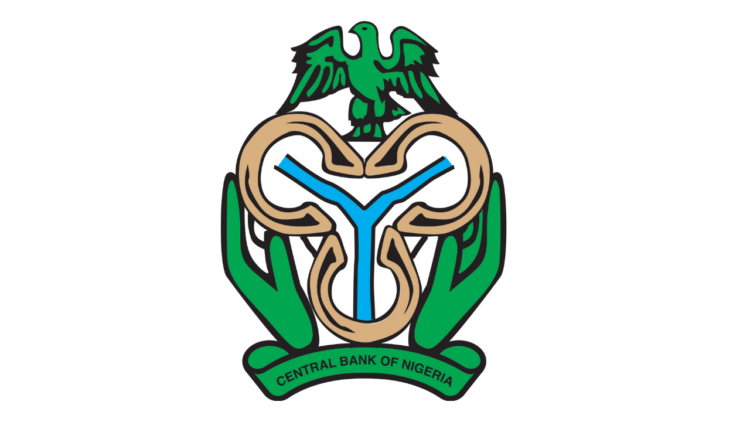
The Central Bank of Nigeria has raised the Monetary Policy Rate benchmark for the third time in an aggressive attempt to tame the nation’s headline inflation rate currently at 33.69 percent.
The CBN governor, Olayemi Cardoso said the aim was to allow the gains of previous tightening to have a sustained impact on other components of the drivers of inflation, especially the food component.
The Monetary Policy Committee of the central said previous rate hikes – 200 basis points in March and 400 bps in February – have started yielding the desired results including exchange rate unification and moderation in headline inflation except the food component of the curve, while urging the fiscal authorities to secure farming communities to ensure food security across the country.
At its meeting yesterday (Tuesday) 12 members of the MPC voted to raise the MPR by 150 basis points to 26.25 percent from 24.75 percent, while leaving other policy parameters constant. The MPC retained the asymmetric corridor at +100/-300 basis points; retained the Cash Reserve Ratio at 45 percent; retained the Liquidity Ratio at 30 per cent
Presenting the outcome of the two-day meeting of the MPC yesterday, Cardoso said the 12-man committee of MPC was faced with the option of either continuing with policy tightening or holding to observe the impact of previous rate hikes. “Following an extensive review of risks and the near-term inflation outlook, the balance of risks suggests further tightening of policy to build on the benefits of previous rate hikes,” he stated.
“The tools the central bank is using are working. These are things that need to take their own time. I am confident that we are beginning to get some relief. In another couple of times, we will get a more positive outcome,” Mr Cardoso said.
He said MPC members focused on the best policy approach to continue to guide the economy towards achieving an overall macroeconomic balance. He said the central bank has commenced dialogue with some investors on how to make the financial sector more robust and the market a lot more transparent, which he said would give them the added confidence to invest in the Nigerian market.
MPC expressed concern over the rising cost of transportation of farm produce; infrastructure-related constraints along the line of distribution network; security challenges in some food-producing areas; and exchange rate pass-through to domestic prices for imported food items.
In reaction, economic analyst, Dr Chijioke Ekechukwu said a continuous increase of MPR “is not going to control inflation,” adding that “It is rather going to continue to increase it, as the cost of funds will rise. Consumers will ultimately bear this through higher prices of goods and services.” He however said the central bank should be given the benefit of the doubt to prove that its price control mechanism would tame inflation.
“There are other drivers of inflation, which are not within the control of the monetary policy. If a sickness needs a combined dose of two drugs to heal, and you use only one drug, that sickness will remain with the patient,” he stated.
Mr Cardoso had in a recent interview stated that interest rates would remain elevated until the inflation rate recedes, as reported by the Financial Times on Monday. Cardoso emphasised adoption of orthodox policies to combat inflation, which soared to 33.20 percent in March from 31.70 percent in February.
He said hiking interest rates has had a dampening effect on the foreign exchange market, so that has begun to moderate. “It’s not a zero-sum game. You lose on one side, you get on the other,” he said.
Cardoso stressed that the MPC is prepared to take necessary measures to curb inflation, stating, “They will continue to do what has to be done to ensure that inflation comes down.”
Commenting on the further hike in rates, the chief executive of Center for the Promotion of Private Enterprise (CPPE), Dr Muda Yusuf said.
“We have seen yet a further tightening of monetary conditions in the economy.
My prayer was for the MPC to pause the rate hikes for a number of reasons. First, previous rate hikes have been quite aggressive, hurting output and real sector investments. Most economic operators with credit exposures to the banks have not recovered from previous hikes. Interest rates were already around 30% threshold.
“Secondly, the extant CRR of 45 per cent has profound liquidity effects on the financial system. Both measures have dampening effects on financial intermediation, which is the primary role of banks in an economy.
“Thirdly, the monetary policy transmission channels are still very weak, given the level of financial inclusion in the economy. This limits the prospects of monetary policy effectiveness,” he pointed out.
Meanwhile,he said, the new rate hike is an additional cross to be borne by investors who have exposures to bank credit facilities, adding that, though, a rigid monetarist disposition by the Central Bank is expected, but ‘we need to reckon with the costs to the economy.’
Hopefully, he said, with the positive outlook for domestic refining of petroleum products, “we may begin to see a moderation in energy cost and a pass through effect on general price level. This is one silver lining that is on the horizon at the moment. Necessary fiscal policy support is urgently needed to compensate for the adverse impact of extreme monetarism on the economy.”
Copied
